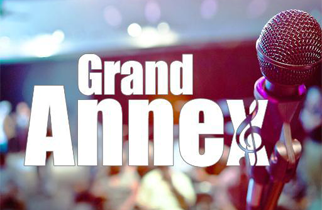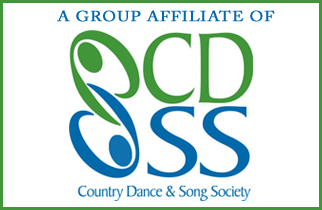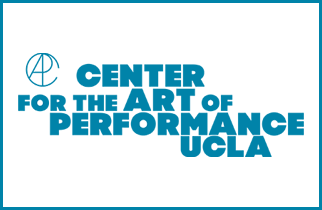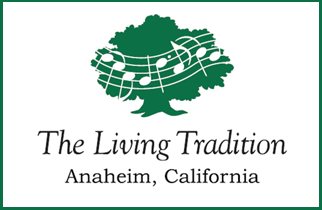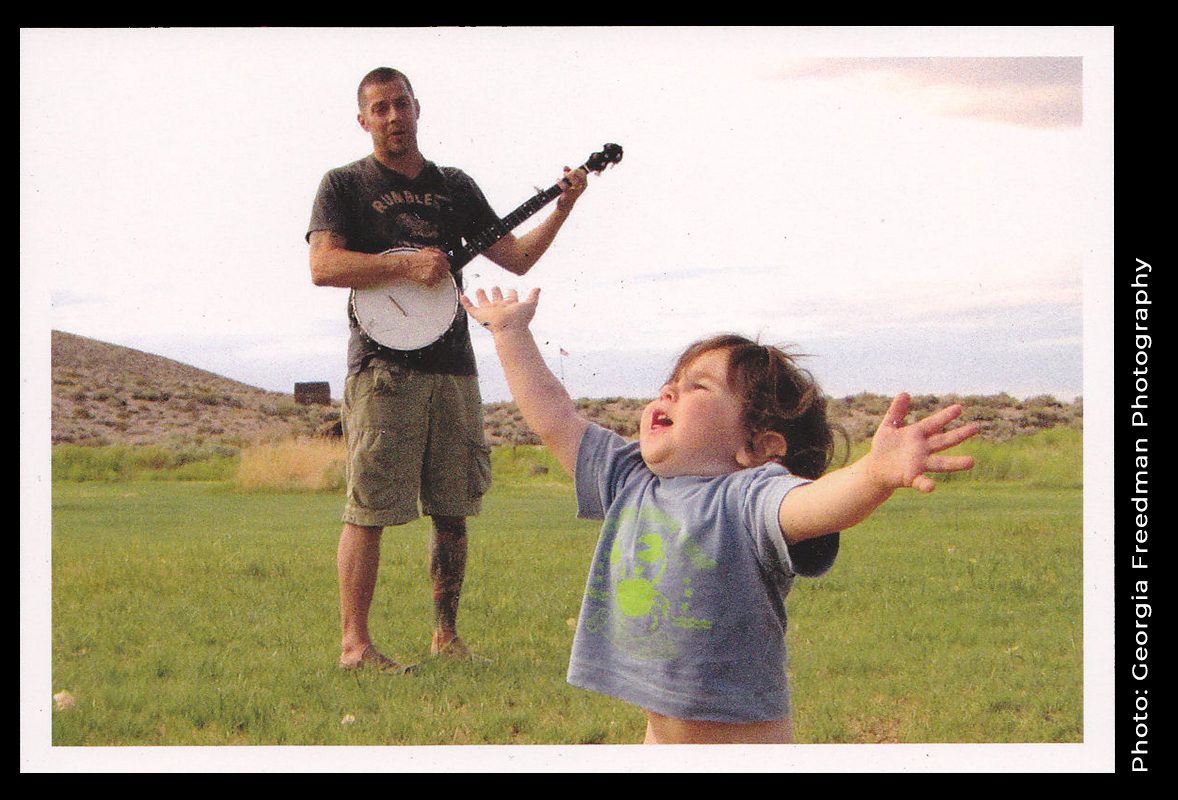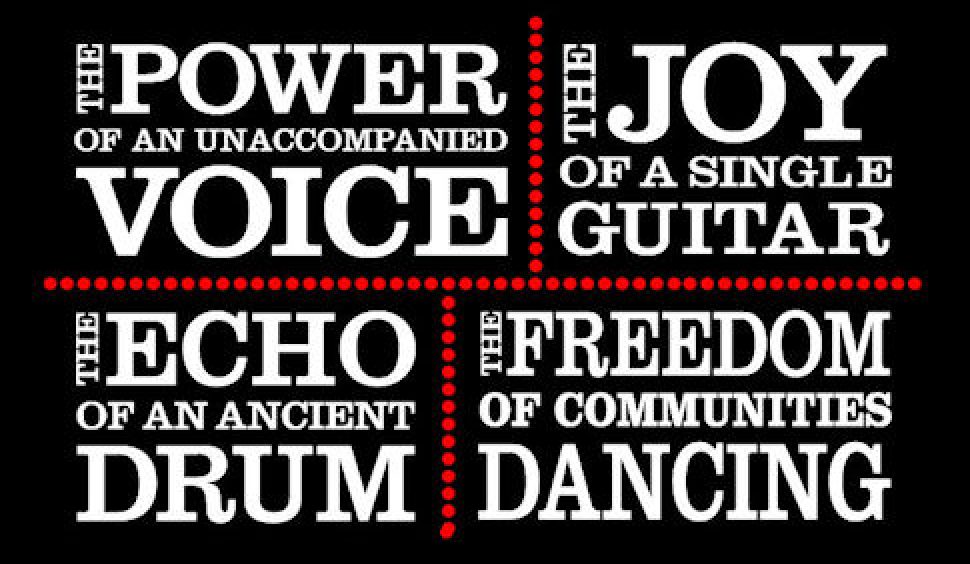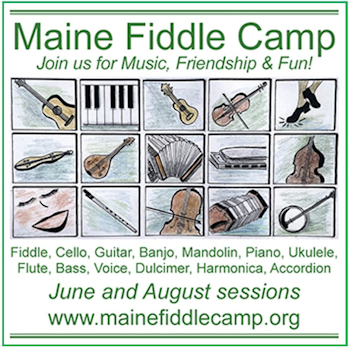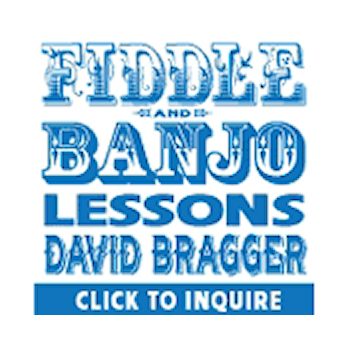Diversify
Of course, the bass is certainly an instrument unto itself, deserving of and requiring a lot of practice in order to master. But no one says you have to master every instrument you touch. It’s okay to be a pedestrian bass player. “Entry” level basses are not too dear, and companies such as Epiphone and Fender Squier have low cost starter instruments and amps. And there are a lot of battery powered amps out there that can make you almost as mobile as an acoustic guitarist. Most of these amps don’t provide a great bass sound, but they’ll do and you can jam in the park without an extension cord. Those fat bass notes can make an ensemble sound smooth as silk, and you may find yourself in greater demand as a bass player than you were as guitarist. And if the 34″ long scale of most electric basses seems unlikely for your hands, there are 30″ scale basses, or even ¾ size “student” basses like the Fender Mustang.
The mandolin may be a nice addition to the tonal menu. The mandolin is tuned GDAE, which happens to be tuned like the low to high first four strings on the guitar, only backwards. What that means is that any guitar run you already know can be a mandolin run, only you’re playing it “in the opposite direction.” Mandolins have a nice small fret board, and if you’re a bit challenged in stretching your hands for guitar chords, you may find the mandolin a refreshing change. The high tones of the mandolin work well with guitars, and although you may think of hot bluegrass leads when you think of mandolin, it also works well as a “color” instrument. Playing simple, repetitive lines may work out well in ensemble, and for that reason the mandolin makes a nice recording instrument as well, adding a brightness to the tracks that has a nice shimmer above the guitars.
How about the harmonica? Again, you don’t have to desire to be the next Paul Butterfield or Toots Theileman. Blowing nice chords on the harmonica takes a little practice, but it’s a nice portable instrument that lends itself to lunch hour practice sessions. It’s fun to figure out melodies. If you decide to practice during your car commute to work, please use a hands free device. Seriously, a harmonica rack will allow that two hour car trip to be an effective practice session, as long as you aren’t the type to close your eyes during particularly emotional solos. Again, that added spice of the harmonica can take that somewhat pedestrian arrangement and add that lonesome quality the song needed, or that brightness that conveys a sense of fun. The harmonica can do both. Plus, you can learn Down in the Valley and play it slow and lonesome during breaks at Traffic School.
The autoharp can be a symphony unto itself in the hands of a Bryan Bowers. Or it can remind you of your third grade teacher during music class, but again it’s an instrument that can provide a nice background sweep. Those old Lovin’ Spoonful numbers with John Sebastian on autoharp have a nice jangly sound reminiscent of what Jim/Roger McGuinn was doing with the twelve string guitar with The Byrds. If you have a basic musical knowledge, you’ll be running with the autoharp in minutes. And with the advent of electronic tuners, the horror of autoharp tuning has diminished.
Percussion can be fun. Although attempting to play a full trap set is like the ultimate “pat your head while rubbing your belly” moment, tackling just the snare or snare and hi hat cymbal is not too daunting. There a lot of different types of music that can benefit with that swish of the brushes on a snare drum. Wood blocks and the kind of percussion instruments your kindergarten teacher kept in the closet also can be used sparingly to add to the orchestra, and usually don’t take much more than a competent sense of rhythm to pull off.
Perhaps the key to all these additional instruments/tones is subtlety. Once you gain that first level of confidence on a new instrument, fight the urge to indulge your inner Jimi Hendrix, and instead play quietly and in support of the song. That same cool little mandolin lick you put at the end of the second song of the set may sound just awful at twice the volume in the next song. Supportive brushes and snare lose their appeal if you decide that Ginger Baker is a good role model.
One of the great things about adding a new instrument to your bag of tricks is that it will definitely improve your performance on your main instrument. That nice thick rhythm chop you learned on the mandolin can be approximated on the guitar. That cool new beat you picked up with the snare may work great on that new song you brought to the band last week. It may seem impossibly hard to move back and forth between two instruments, but it’s not that great of a difficulty. Sure, that mandolin neck is tiny compared to your guitar, but it makes the mandolin seem a little easier to finger. And that long electric bass scale may make you really stretch, but back on the guitar the stretches will seem easier. It’s a lot like the ballplayer swinging a lead weighted bat before he stride to the plate and picks up his maple bat. It will seem like a feather.
You may find you really enjoy that ability to “paint” different textures in your music, and that having the ability to play several instruments, even a little, can be a lot of fun. Go see live music and get inspired to play more.
Dennis Roger Reed is a singer-songwriter, musician and writer based in San Clemente, CA. He’s released two solo CDs, and appeared on two CDs with the newgrassy Andy Rau Band and two CDs with the roots rockers Blue Mama. His prose has appeared in a variety of publications such as the OC Weekly and MOJO magazine. Writing about his music has appeared in an eclectic group of publications such as Bass Player, Acoustic Musician, Dirty Linen, Blue Suede News and Sing Out! His oddest folk resume entry would be the period of several months in 2002 when he danced onstage as part of both Little Richard’s and Paul Simon’s revues. He was actually asked to do the former and condoned by the latter. He apparently knows no shame.


